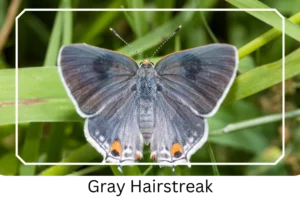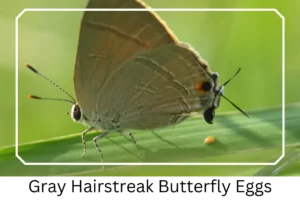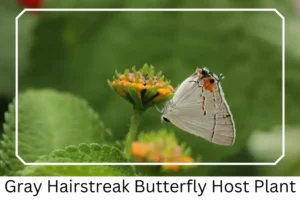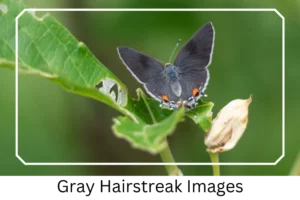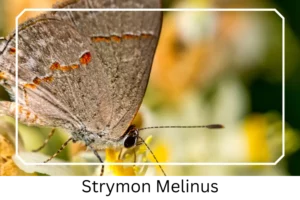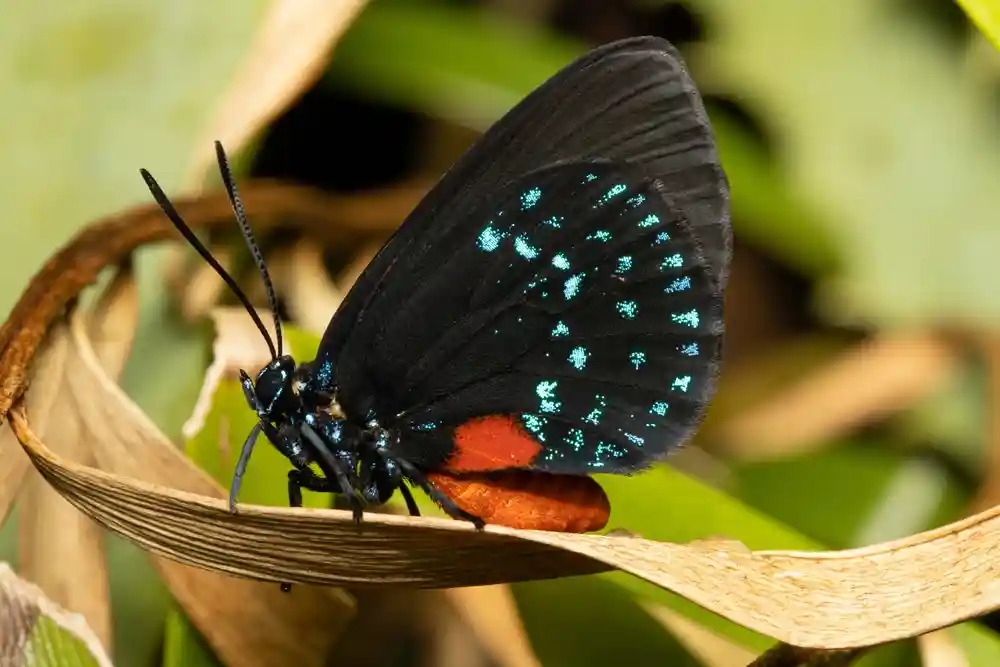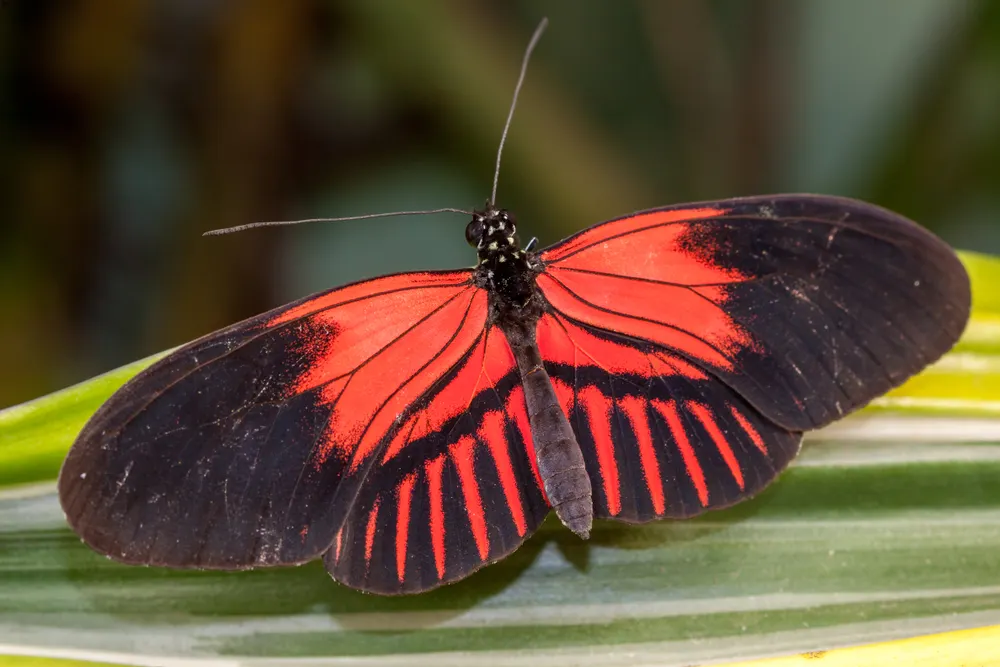Gray Hairstreak (Strymon melinus)
The Gray Hairstreak butterfly, a small yet fascinating member of the hairstreak group, is widespread across North America and extends its range into Central and northern South America. Renowned for their close associations with ants and a diverse range of host plants, these butterflies exhibit unique survival strategies that make them a subject of interest for both enthusiasts and researchers alike.
Scientific Classification
- Family: Lycaenidae
- Genus: Strymon
- Scientific Name: Strymon melinus
Overview
Thriving in a variety of habitats, from disturbed, weedy areas to open lands devoid of dense vegetation, the Gray Hairstreak has adapted remarkably to its environment. This adaptability, coupled with a broad distribution, underscores its ecological significance and the role it plays in pollination. By exploring its life cycle stages—from caterpillar to adult butterfly—along with its dietary preferences and mating patterns, we gain insights into the complex web of interactions that sustain this species and its habitat.
Description and Identification
 Caterpillar
Caterpillar
The Gray Hairstreak caterpillar is characterized by a vibrant green body with a distinct line running from head to tail. In its early stages, it feeds primarily on flowers and fruits, favoring a variety of plants from the pea (Fabaceae) and mallow (Malvaceae) families, including beans, clover, and cotton. As it matures, its diet shifts towards the leaves of these plants, showcasing its adaptability.
Pupa
Resembling a shelled groundnut in shape and color, the pupa stage is marked by fine velvety protrusions. This stage lasts approximately 7-10 days, barring winter when the pupa enters hibernation, delaying its emergence as a butterfly until favorable conditions return.
Adult Butterfly
Sexual Dimorphism: While present, sexual dimorphism in the Gray Hairstreak is subtle, with females displaying paler hues and slightly shorter body lengths compared to males.
Color and Appearance: In its adult form, the Gray Hairstreak showcases a brilliant blue-gray hue on the dorsal side of its wings, accentuated by a large red spot near the ends. The ventral side varies seasonally, from dark gray in spring and fall to a lighter shade in summer. A white postmedian line edged with orange on the inside adds to its distinctive appearance. The hind wings feature small tail-like protrusions that mimic antennae, aiding in predator evasion.

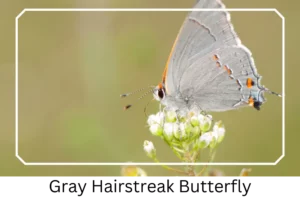 Average Wingspan: Adults boast an average wingspan ranging from 7/8 to 1 3/8 inches (2.2 – 3.5 cm), allowing for swift and agile flight.
Average Wingspan: Adults boast an average wingspan ranging from 7/8 to 1 3/8 inches (2.2 – 3.5 cm), allowing for swift and agile flight.
Flight Pattern: The flight of the Gray Hairstreak is fast and erratic, making it a challenge to follow but a delight to observe.
Quick Facts | |
| Distribution | Across the entire North American continent, extending into Central America and northern regions of South America. |
| Habitat | Prefers disturbed, weedy areas and open lands. |
| Lifespan of Adults | Typically 3-4 weeks. |
| Host Plants | Includes passionflower species in Central America and a variety of plants elsewhere. |
| Adult Diet | Nectars from several flower species, including mint, sweet white clover, and milkweed. |
How to Identify Gray Hairstreak?
Identifying a Gray Hairstreak butterfly involves looking for its signature blue-gray wings with a distinctive red spot near the ends. The presence of small, tail-like protrusions on the hind wings further distinguishes this species. Observers should note the seasonal variation in ventral coloration—darker in cooler months and lighter in warmer ones. Additionally, the straight white postmedian line with an orange border on the inside edge of the wings is a key identifier. Habitually, these butterflies exhibit a fast and erratic flight pattern, often found fluttering around their preferred nectar sources like mint, milkweed, and goldenrod, or laying eggs on the flowers of host plants.
Did You Know?
- In some areas, Gray Hairstreak caterpillars are considered pests due to their potential to cause economic damage to crops like cotton and beans. However, their role in pollination and as part of the ecosystem’s biodiversity highlights the balance between agricultural interests and environmental health.
- The Gray Hairstreak’s ability to mimic a head with its hind wing protrusions is a remarkable example of evolutionary adaptation, providing an effective deterrent against predators by confusing them into attacking the less vital part of the butterfly.
Conclusion
The Gray Hairstreak butterfly is not just a common sight across vast regions but also an intriguing subject of study, showcasing the marvels of evolutionary adaptation and ecological balance. Through understanding and appreciating the complexity of its life cycle, habitats, and interactions within the ecosystem, we can foster a deeper respect for the natural world and the delicate interdependencies that sustain it.

